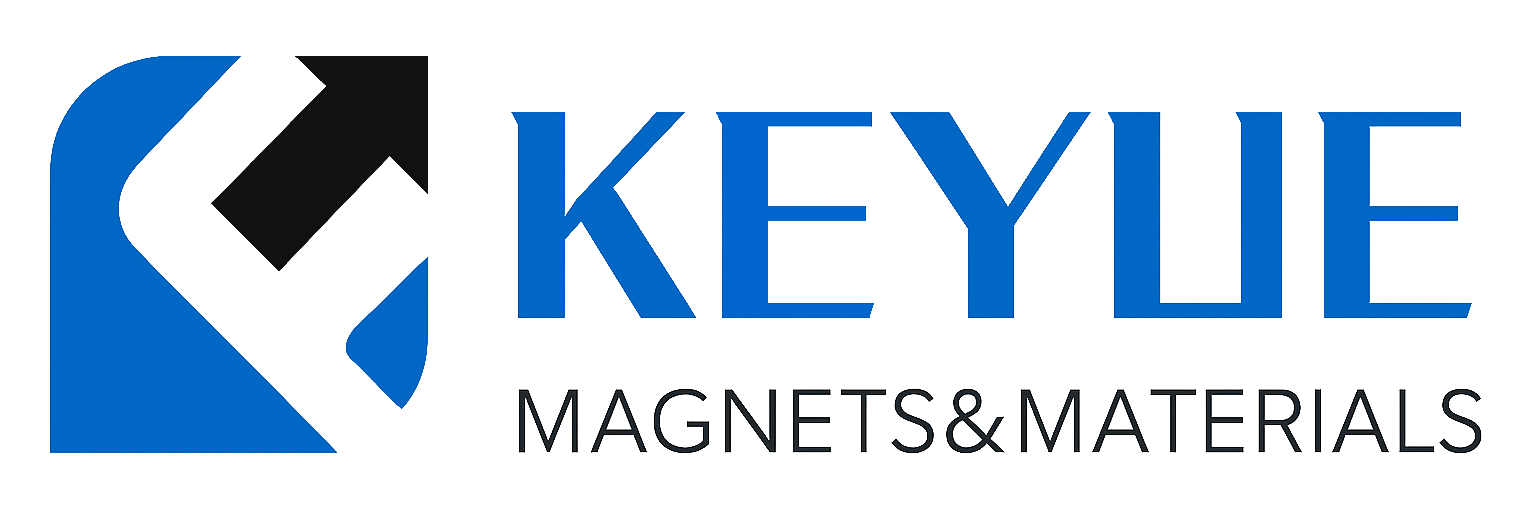描述
钛板(Titanium Plate, Ti Plate)
产品简介
钛板(Ti Plate)是一种由高纯钛(Purity ≥ 99.5%–99.99%)制成的轻质高强金属板材,具有优异的强度重量比、耐腐蚀性和生物相容性。
钛的密度仅为钢的60%,却拥有接近钢的强度,使其成为航空航天、化工设备、医疗器械、海洋工程和真空系统的理想材料。
产品详情
苏州科跃材料科技有限公司生产的高纯钛板采用真空熔炼—热轧—退火—精抛光工艺制造,晶粒细密、表面光滑、机械性能优异。
产品符合 ASTM B265 / GB/T 3621 / ISO 9001 标准,提供纯钛(Gr1–Gr4)与钛合金(如 Ti-6Al-4V, Gr5)版本。
典型规格:
-
纯度等级:99.5%、99.9%、99.99%
-
厚度范围:0.3 – 20 mm
-
尺寸范围:≤ 1000 × 1000 mm(可定制)
-
制造工艺:真空熔炼 + 热轧 + 真空退火 + 抛光
-
表面状态:银灰色 / 抛光光亮 / 无氧化层
性能特点
-
轻质高强:比强度高于钢,适合结构减重设计。
-
优异耐腐蚀性:在酸碱及海水环境中表现突出。
-
高温性能稳定:在500°C以下保持机械强度。
-
良好生物相容性:适用于医疗植入与实验器材。
-
无磁性与导热性适中:适合真空与电子设备应用。
应用领域
-
航空航天:机身结构件、紧固件、燃油系统组件。
-
化工与能源:换热器、反应釜与电解槽电极。
-
医疗器械:骨科植入、外科工具与实验支架。
-
真空系统与镀膜设备:真空法兰、溅射靶背板。
-
海洋工程:耐海水腐蚀部件与潜航器外壳。
技术参数
| 参数 | 典型值 / 范围 | 说明 |
|---|---|---|
| 纯度 | 99.5–99.99% | 高纯钛金属 |
| 密度 | 4.51 g/cm³ | 轻质结构金属 |
| 熔点 | 1668 °C | 高温性能优异 |
| 电导率 | 2.4 × 10⁶ S/m | 稳定导电性 |
| 热导率 | 21.9 W/m·K | 导热性良好 |
| 抗拉强度 | 350–600 MPa | 高强度材料 |
| 延伸率 | 20–30% | 良好塑性 |
| 硬度 | HV 120–200 | 可退火或强化处理 |
| 磁性 | 无 | 适合真空系统使用 |
常见问题(FAQ)
| 问题 | 答案 |
|---|---|
| 钛板是否具磁性? | 无磁性。 |
| 是否可用于真空设备? | 可用于高真空系统及法兰部件。 |
| 是否耐酸碱腐蚀? | 对多数酸、碱、氯化物介质均耐腐蚀。 |
| 是否可焊接? | 可采用氩弧焊(TIG)或真空焊接。 |
| 是否易氧化? | 在空气中形成致密氧化膜,防止深层氧化。 |
| 是否可抛光? | 可提供镜面级抛光表面。 |
| 是否附检测报告? | 附纯度、成分及机械性能检测文件。 |
| 是否符合RoHS/REACH? | 是,符合国际环保标准。 |
| 是否可定制尺寸? | 可按需求切割定制。 |
| 是否支持科研样品? | 提供科研级小批量供货。 |
包装与交付
所有钛板出厂前均经检测并进行真空退火处理。
产品采用真空密封、防潮、防氧化包装,外层为出口级木箱加固。
附带 COC、检测报告、RoHS/REACH 文件。

.png)
-300x300.png)

评价
目前还没有评价